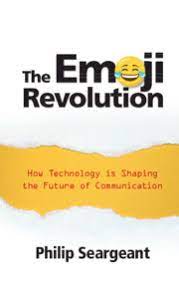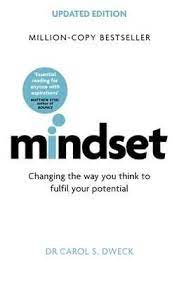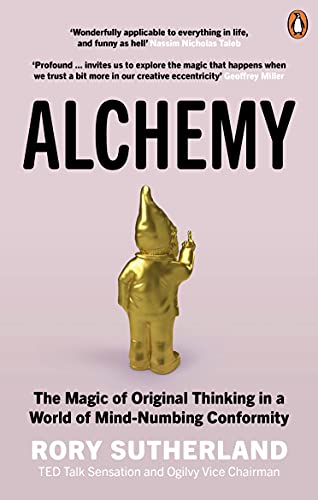In The Emoji Revolution, Philip Seargeant places the emergence of emoji in the context of evolution of language, which started with hieroglyphics and pictograms which then evolved into letters and script as you can see in the example below which shows the evolution of the letter A.

Many people have dreamt of a universal language (long before Esperanto) and the book discusses John Wilkins who first proposed a blueprint for such a language in 1668 and was satirized by Jonathan Swift in Gulliver’s Travels for his troubles (along with others).
Apart from the desire for a more universal language, one of the main trends is the constant need to simplify language. Although Philip Seargeant quotes a figure of 171,476 for the number of words in the Oxford English Dictionary (OED, 2018), I found that Merriam-Webster has approximately 470,000 entries currently and the OED website lists over 600,000 terms. Most of us know only a fraction of these of course! Compare that with the 50 words that are used in Dr Seuss’s Green Eggs and Ham.
The human face can make more than 10,000 expressions (according to Paul Ekman), which might explain why many have tried to recreate some of these expressions in graphic form. Again, this was happening long before Shigetaka Kurita created the initial set of emoji for DoCoMo. For example, Puck Magazine’s published their typographical examples in 1881 (see below).
![]()
The Emoji Revolution is a good read for anyone interested in the development of language and visual communication. Although the author touches on stickers (Line app) and other forms of visual communication, he keeps the focus on emoji and Western language and it would be good to see more work placing these developments in an Asian context. Overall, he argues but doesn’t explicitly state that emoji complement our communication but will never replace language completely.






